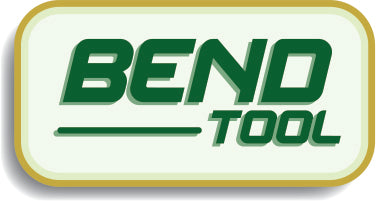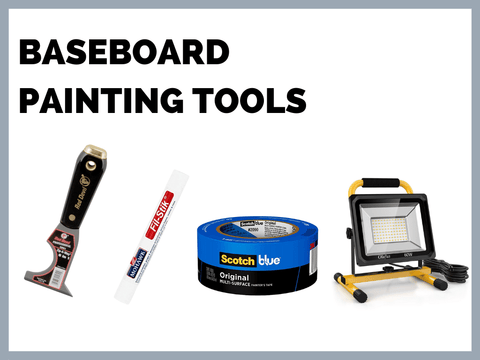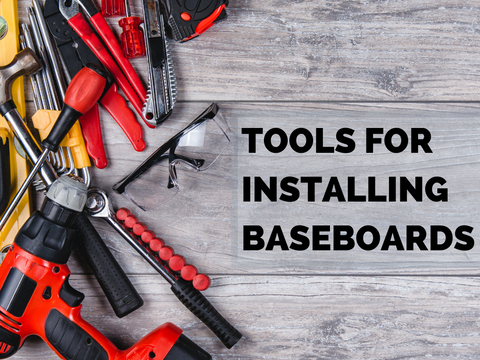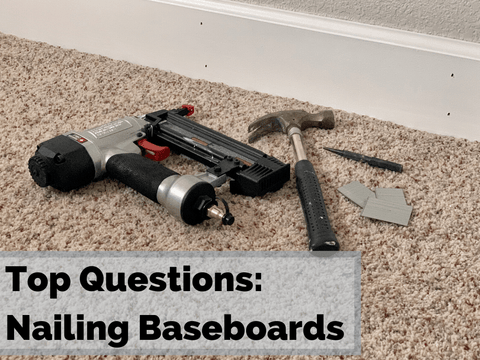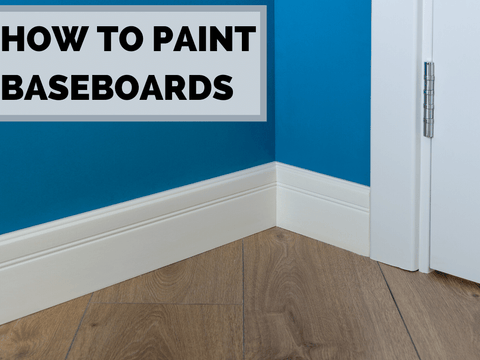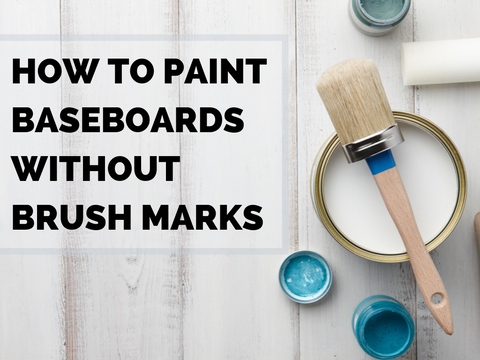
Common residential baseboard materials include wood, medium-density fiberboard (MDF), and PVC. Numerous factors can determine what is best for your home and situation – such as foot traffic, location room usage (e.g., mudroom, pool room, or living room), water, and cost.
The simple answer for best baseboard material: Wood. However, you may find MDF to be the most common, depending on where you live. A run-down of popular options:
Medium Density Fiberboard (MDF):
The least expensive baseboard trim option. It comes in numerous sizes in profiles and usually pre-primed. MDF is light-weight but does not hold up to contact (marks, dents, etc.) well. Because baseboard is charged (both for material and installation) by the linear foot, savings on MDF versus other options add up fast. MDF can be resistant to water but tends to warp or bubble when exposed. Finally, MDF is also very consistent, meaning it has fewer twists and bows then most traditional wood options.
Wood:
Most popular wood baseboard options in home centers include Pine, Poplar, Oak, and Maple. Unlike MDF or PVC, wood allows the option of being stained or painted. For high-end homes, you may find tropical hardwoods like Ipe or Teak. When stained, tropical hardwoods create a different look than others, due to the grain and differences in the wood.
Cost for wood can vary; in some cases, high-end wood options are available only at places who specialize in wood and lumber. As a good habit to do with any wood product you buy, inspecting wood baseboard is even more important because it tends to have more irregularities (knots, bows, twists, splits…) that can negatively affect the installation and overall finished quality.
PVC:
A plastic form of baseboard trim, PVC comes in different looks that resemble wood or paint. PVC holds up well to water damage, but when damaged by contact, is nearly impossible to be repaired and requires being replaced. Generally, it is easy to work with, but is considered less forgiving with saws and cutting than wood. The installation process can require additional installation to secure the PVC, and some professionals indicate fasteners (e.g., brads, staples) are more difficult to use.
Other Considerations:
Finally, certain parts of the country are more humid than others. As a result, carpenters may recommend different types of wood, based on their moisture content. In most cases, the best woods will be the ones available at local retailers. If you have concerns, consider purchasing a moisture meter to inspect your wood.
If you're looking for more baseboard information, check out our post How Do I Choose Baseboard: A DIY Guide.
